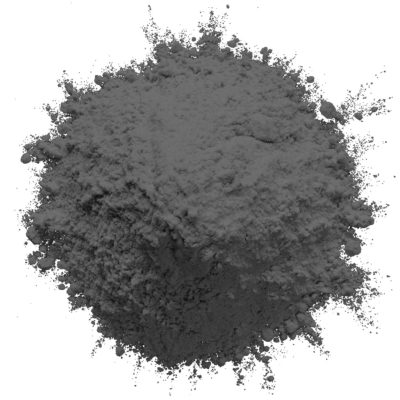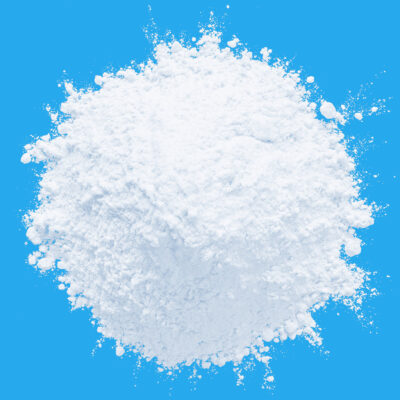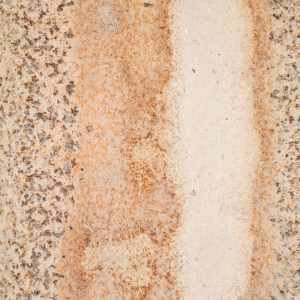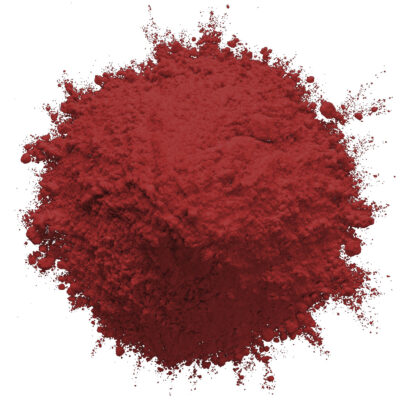Esaar Phos- Economy Grade of Zinc Phosphate is a non toxic, harmless anti rust white pigment powder which enhances paint adherence and protects metal surfaces against corrosion, providing superior impact resistance.
It is used in corrosion resisting primers, undercoats and in various coating materials for preparing waterproof, acid-resistant or corrosion preventive coating material such as phenolic paint, epoxy paint, acrylic paint, and paste paint. Esaarphos (Zinc Phosphate) is also used in making fertilizers and is known for its great compatibility, corrosion resistance, good brushing and excellent inter- coat adhesion.
Electroplating flux is a dry, inorganic white powder used as part of the electroplating process or applied as primer pigment. Additionally, it may also be used to lubricate components during cold forming processes.
MAJOR APPLICATIONS:
It is widely being used in manufacturing Zinc rich anti-corrosive paint primer systems.
It is also used in formulation of dental cement.
Anti Corrosive Properties
Esaarphos (Zinc Phosphate) is an ideal choice for anticorrosive paint applications as a nonconductive compound that restricts current flow to prevent corrosion. As its properties include resistance against corrosion, Esaarphos (Zinc Phosphate) makes an ideal coating choice in environments which are susceptible to harsh environmental conditions; making it highly popular across industries including medicine, military and defence.
Esaarphos (Zinc Phosphate) coating works by reacting with metal surfaces to form an antirust layer made up of small crystals that protects against rusting while serving as a strong basecoat for subsequent paint or coating layers. With its resistance to corrosion and long lasting surface layer protection properties, zinc phosphate is perfect for protecting equipment in the field or on job sites.
Esaarphos (Zinc Phosphate) should not be seen as a replacement to lead and chromium-based anticorrosive coatings, but rather it offers an economical and environmentally friendly alternative.
Pre-treatment with hydrogen peroxide has long been considered the preferred pre-treatment solution for aluminium and mixed-metal substrates, especially lightweight alloys that need to meet federal safety standards. Furthermore, nickel-free conversion coatings can be combined with it to achieve long-lasting corrosion protection for superior aesthetics and surface smoothness.
Adhesion Properties
Phosphate coatings differ from other coatings in that they form a porous surface that allows for improved adhesion, making the coating an excellent base for applying paints or organic coatings.
Furthermore, this quality helps reduce general corrosion on metal surfaces and aids in protecting products against harsh environments – this combination has proven particularly helpful when protecting military equipment, cars, refrigerators and washing machines from harsh environments.
Immersion or spraying methods of applying coating to products are both safe and straightforward processes that are easy to implement, while it is vital to take proper precautions when handling chemicals as some can be toxic. Therefore, wearing a mask, gloves and goggles during this process is advised – in addition to adequately ventilating the work area during application.
Once phosphating treatment is complete, the product will be rinsed with low TDS water – either filtered or reverse osmosis (RO) water – in order to flush away any residual compounds and salts which could impair subsequent paint or organic coating applications.
Once this step has been taken, powder coating or electro-coating may be applied as pre-treatment and ensures an anticorrosion finish on metal products.
Chemical Resistance Properties
Esaar Phos – Economy Grade of Zinc Phosphate can serve as an effective pre-treatment for paints, coatings, oils, and waxes due to its corrosion-resistance and increased lubricate properties.
Furthermore, Zinc Phosphate serves as a strong base coat that supports cold-forming processes as well as offers corrosion resistance for further treatments such as coatings. Zinc Phosphate may be applied either through immersion or spraying methods on metal surfaces.
To apply Esaarphos (Zinc Phosphate) properly, metal must first be thoroughly cleaned of oil/grease/dirt to allow proper bonding between Esaarphos (Zinc Phosphate) solution and material.
Once done, either dip or sprayed into an even coat on top of material surface. The application process determines the grain type of phosphate coatings, from heavy or fine-grain.
They can also be tailored specifically to meet project or client needs. Coatings are formed using an acid consumption procedure near steel surfaces that causes local pH decrease and precipitates acid-soluble zinc phosphate compounds resulting in durable coatings on surfaces of metals.
The coating is non-conductive and prevents current flow, making it highly resistant to galvanic corrosion. Furthermore, its surface remains smooth over time without flaking or rusting and maintains an attractive smoothness that offers added weatherproofing protection – making it an excellent choice for equipment operating in harsh environments.
Lightweight Properties
Esaarphos (Zinc Phosphate) may not appear to have many remarkable characteristics at first glance, yet this white crystalline compound holds many valuable assets that make it valuable in various industries such as paint, coatings, metallurgy and dentistry.
These properties include strength, adhesion properties and corrosion resistance – which distinguish it from similar materials.
Esaarphos (Zinc Phosphate) coating creates an extremely durable surface layer comprised of fine crystalline particles, providing both corrosion protection and an ideal foundation layer for subsequent paints or coatings. As such, this application makes zinc phosphate ideal for surface protection as well as cold forming applications.
Esaarphos (Zinc Phosphate) offers another advantage by helping prevent galling between metal components. Galling can cause serious engineering projects to fail, but thanks to its lubrication and wear resistance properties, zinc phosphate’s coating provides prevents this by allowing parts to move freely without becoming stuck or warping over time.
Esaarphos (Zinc Phosphate) coating is a non-conductor, meaning that current will not flow through it and thus prevent galvanic corrosion, making it popular among metallurgy companies. Furthermore, its colourless surface reflects UV rays away from metal surfaces to shield it against sun damage, making this material highly resilient against extreme weather or environmental conditions.










Leave a Reply